
To make it clear and as a minor spoiler, we can say that AI app development may cost you from $1K to $1M. Don't rush to close the page, the number is not set and depends on many factors. In 2026, it is not enough to just get the app, you'll need to work on data, infrastructure, and long-term maintenance. We'll describe this further in detail, so you'll understand why the estimations differ and what influences the cost.
TL; DR: What drives the cost of AI app development? A short breakdown
Planning and discovery: $5,000 - $10,000
UI/UX Design: $8,000 - $15,000
MVP Development (core app features): $15,000 - $35,000
AI model development & training: $20,000 - $50,000+
Testing and QA: $5,000 - $15,000
Deployment and post-launch support: $7,000 - $25,000+. However, you need to add the initial annual maintenance costs, which range from 15% to 20% of the total cost.
AI app development cost factors
An AI-powered app may vary a lot from one business to another, so there is no single price tag for everyone. When you plan a build now or set your budget for 2026, look at the core elements that drive the cost.
The difficulty level
The fundamental requirement is how difficult the app will be to use. For example, AI chatbot development may take 3 months, while building a predictive analytics tool can take over a year. Financially, basic AI apps cost between $20,000 and $50,000, while complex solutions commonly exceed $100,000+. The difference is mostly due to their richer feature sets and wider scope.
Data volume
To develop and become better, an AI model needs a lot of data. Its performance depends on how much information you have and its quality. This dependence shows up clearly in the final price. Whether it's your in-house team or an external vendor, someone still needs to collect, clean, and label the data, and that work eats up a solid portion of the overall budget.
Stack and infrastructure
The cost of intelligent app development depends on the tech you choose. Pre-trained models, such as those from OpenAI or those available on Hugging Face, can lower development time and costs. Developing custom models using frameworks like TensorFlow or PyTorch will increase the cost. Overall, it can push the budget towards $300,000+ very quickly.
Integration and system dependencies
The overall cost will increase if you leverage AI integration services for your current business processes. It grows in proportion to the complexity of the integration. If your AI model plugs into a legacy stack with aging code, the integration often turns into a challenging and expensive task compared to a modern, API-first solution.
Skilled team
Typically, an experienced AI app development team charges more than a group that is just stepping into this field. Though, result-wise, a dedicated development team may guarantee the results and save money in the long run. They understand how to keep the architecture thin rather than overly complex, which steps to skip over, and which dangers to signal.
AI app development cost breakdown
| Complexity | Type example | Price (USD) | Time period |
|---|---|---|---|
| Basic | Simple FAQ chatbot for customer support | $10,000-$45,000 | Up to 3 months |
| Medium | AI-powered search and intent detection system | $50,000-$120,000 | Up to 6 months |
| Advanced | A dynamic pricing engine that reacts to market changes | $100,000-$300,000+ | Up to 12 months |
Now, we can move on to the actual development stages and how they impact your budget.
Discovery and strategy
This is the first step in developing an AI-powered application. Here, you define business goals, user personas, architecture, and risk assessment. This gives you a first scope and a rough budget range to work with. At this point, we can see where AI-driven tech (speech recognition, ML, or NLP) really helps you reach your targets.
Average price range: $3,000-$7,000
UI/UX design and development
This is the next significant step, as UI/UX design turns the idea into something you can actually see and test. It preceds the actual coding work, so everything has to be ready.
At this step, you get rough screen layouts through wireframing and prototyping services, and then a finished visual design. This stage defines how the product looks and feels. It is also important to see the system's responses on the screen, how suggestions are shown, and how users stay in control when AI works. These details often decide whether people trust and use the feature.
Average price range: $8,000-$20,000
The app development process
This is the main stage, which takes the majority of the budget. It includes the frontend, the backend, and AI integration. The software product development team sets up the mobile or web app, connects third-party APIs, and plugs in the AI parts (models, prompts, and data flows).
They also add core elements (authentication, user roles, dashboards, and an admin panel) so the team can manage content and settings. Once this phase ends, the app works as a whole and is ready for proper testing.
Average price range: $20,000-$150,000
Testing and QA
At this stage, developers see whether the app does what it should and performs well in real-world use. The team runs functional tests to see if every feature works as planned. UI/UX checks to make sure screens look clean and feel easy to use. They also run load tests to see how the system holds up under traffic boosts and review security.
For AI features, testers assess model accuracy, watch for drift over time, and check for odd behaviour in the answers or predictions. The goal is simple: spot issues before your customers do.
Average price range: $5,000-$30,000
Maintenance and improvement
Release and testing are not the final stages, the work continues in the post-launch period as well. After launch, the team handles bugs that may appear in real use, updates libraries and integrations. They refresh models with new data, and adjust flows or screens based on how people actually use the product. You'll also need a basic watch on performance and security, plus a simple way to collect and act on user feedback.
Average price range: 15-20% of the initial development cost per year
Cost breakdown by app type
Different kinds of AI apps fall into very different budgets. Below are rough ranges for common app types, so you can quickly see the cost of your solution.
Virtual assistants and chatbots
This group also includes FAQ helpers, order status assistants, and internal helpdesk bots. These are the basic bots that handle simple scenarios.
Main cost drivers here include:
The number of channels (web, mobile, social),
The depth of integrations (CRM, ERP, ticketing),
The level of customisation in conversation flows and domain training.
The development costs range from about $5,000-$30,000 for simpler solutions. Advanced assistants with natural language understanding, multi-channel support, and deep integrations can reach up to $80,000-$150,000 or more.
Predictive analytics and data insight tools
These apps focus on forecasts and "next step" suggestions (sales predictions, demand planning, churn risk). AI app development cost in such a case varies widely depending on:
The data volume
Number of data sources
System operation (periods or real-time).
Data cleansing, system connections, model setup, and the reporting layer your team works with daily usually take up the majority of the budget.
According to typical AI development cost estimation ranges, custom predictive analytics projects often fall within $80,000-$300,000+ range for enterprise-level work.
Computer vision solutions
Vision-based apps interpret images and videos. They show up in things like checking products on a line, store shelves monitoring, or when users search by image. Expenses increase if you want a large number of labeled photos, lengthy training sessions on expensive hardware, and support for device and cloud use. Simple setups, like basic object detection, often start at roughly $30,000-$40,000. Advanced solutions with custom models and high accuracy usually start at $100,000+.
Recommendation engines
Recommendation engines support product and content suggestions, "customers also bought" blocks, and personalised homepages. They depend on user behaviour data and must be connected easily into your storefront, CRM, and marketing stack.
Costs increase with traffic volume, number of personalisation scenarios (homepage, PDP, emails, ads), and the breadth of integrations with existing tools. The estimates for building recommendation engines range from roughly $10,000-$30,000 for small engines and $100,000-$300,000+ for enterprise level solutions.
Generative AI applications
Generative apps produce new content, such as text, images, video, or code. Examples include content-writing assistants, code helpers, brand image generators, or campaign asset tools. Budgets here are usually high, since these apps frequently require strong models, strict controls, and adjustments to private data.
In particular, the high price is influenced by:
GPU cloud costs,
Dataset preparation,
Safety and compliance work,
User-experience optimization (for prompts, editing, and review flows).
The cost of generative AI integration services is in $50,000-$500,000+ range, depending on the scope, model choice, and infrastructure.
AI-powered mobile apps
Here, AI features may be applied to a health tracker with risk alerts or an ecommerce app with on-device recommendations and visual search. In these cases, AI doesn't take a significant part of the work. Most of it still goes into usual app tasks like navigation, accounts, payments, and notifications.
The cost mostly depends on:
For how many platforms you build it
How advanced the AI features are
Whether they run on the device or in the cloud.
Cost to create an AI app in this case ranges from $15,000-$100,000+. It rises as you add more platforms and advanced features.
How much does AI app development cost for different platforms?
The choice of the platforms has a direct impact on the AI app cost. It helps to look at how the costs differ for Android, iOS, cross-platform, and web apps.
Android/iOS apps
Native applications require separate codebases for each operating system. It makes their development budget slightly higher. However, the benefit is faster performance and an improved experience for users.
Below is a rough overview of what that usually looks like in numbers:
Basic level: $10,000 - $50,000 (informational apps)
Mid-level: $50,000 - $120,000 (online stores with payment integration)
Advanced level: $100,000 - $300,000+ (fintech)
Cross-platform apps
By employing a single codebase for both iOS and Android, cross-platform development (with Flutter or React Native frameworks) may save starting time and expenses by 20-30%.
In numbers, you can expect the following:
Basic level (MVP development): $20,000-$60,000
Mid-level: $40,000 - $150,000
Advanced level: $80,000 - $250,000+
Web apps
Because they don't require platform-specific programming, web applications may be accessed through a browser. Also, they are typically cheaper to produce than native mobile apps.
Here's the cost breakdown:
Basic level (informative apps): $5,000-$20,000
Mid-level (subscription services): $20,000-$80,000
Advanced level (SaaS, marketplaces): $80,000-$300,000+
There are also some general key cost factors to consider:
Features and difficulty of the app. This is the main cause of expenses. Prices are increased by features like safe transaction systems, AI, AR/VR, and real-time data syncing.
UI/UX design. Simple templates are much cheaper than custom and finished designs.
Development team location. Hourly rates for developers are different and depend on the region (e.g., US-based professionals charge more than those in Eastern Europe).
AI App development cost estimator formula
There's no fixed amount to be paid, especially when it relates to AI app development cost estimation. Yet, with the help of a special formula, you can get approximate numbers to shape the budget.
The following AI app development cost formula is frequently used:
Total Estimated Cost = Base App Type Cost + AI Feature Costs + UI/UX Design Cost + Data Management Cost + Integration Cost.
Formula elements in detail
Base app type cost. The beginning cost for a certain app type (AI chatbot).
AI feature costs. The price of the particular AI features (image recognition, NLP, or ML models).
UI/UX design cost. The costs for developing an accessible interface and graphical style.
Data management cost. The price of collecting, classifying, and getting the data ready for the AI model.
Integration сost. Fees associated with integrating the application with external APIs, CRMs, ERPs, and other platforms.
Complexity factor: Depending on the project's total scale and difficulty, a multiplier (1𝑥 to 2𝑥) is applied.
An extra or another estimation method
Another common way to estimate the budget is to multiply the required hours by the hourly rate.
Total estimated cost = (total hours × hourly rate) + 10-20% for project management
Total hours. Total number of production, design, and test hours.
Hourly rate. The hourly fee of the development team, which greatly depends on its location and level of experience.
Project management. An additional percentage to cover testing, administration, and any unforeseen costs.
Hidden AI app development costs businesses shouldn't ignore
Often, the unplanned costs are your budget's biggest shock. There are many of them: continuous data processing and maintenance, substantial cloud and infrastructure fees, regulations and security procedures. All these can quickly add up.
Data acquisition and preparation
As mentioned, if your data is messy, you'll need extensive cleaning, labelling, annotation, and ETL pipelines. Such additions can exceed half of the ML budget.
External model or API usage
Charges may be ongoing and determined by usage if the software makes use of vendor visual APIs or GPT-4 type language models. For example, token-based billing for language model APIs.
Increasing and processing costs of cloud infrastructure
Model learning, model providing, data storage, and inference in real time are all expensive.
Retraining and model servicing
Over time, AI models may change (data drift, model efficiency). Investing in continuous advancement is necessary.
Compliance, privacy, and legal
Compliance, privacy, and legal considerations can increase costs, especially in regulated industries or when handling personal data, due to requirements like encryption, audit logs, and regulatory adherence.
Performance and QA for AI models
Unlike typical apps, you must test for model accuracy, bias, fairness, data quality, and latency. This adds to the test cost.
Adoption, managing changes, and onboarding of users
If your AI app changes workflows for users, you'll likely need training, documentation, and support, especially in corporate environments.
Release delays and underestimation
AI app development costs often involve research and experimentation. You can underestimate the number of trials required if you consider them like regular software.
Mobile platform upgrades, OS compatibility
Working on mobile platforms tops up the budget because you must ensure compatibility across different devices.
Licensing and IP costs
If you use paid libraries, pre-trained models with licensing, or you need to license data sets, that adds to the AI app cost.
How to optimize AI development costs?
The prices for AI app development are high and may be even higher, considering the unexpected occurrences. However, we could distinguish a few practical steps to try to save money, reduce expenses, and still deliver a strong AI product.
Begin with a minimal viable product
MVP development focuses on core AI features that deliver the most business value. It is best to test the idea of the app first, especially for small organizations. Only then decide about the further and bigger investments.
Use pre-trained models and APIs where appropriate
To reduce cost, you can build on existing AI services (vision, NLP, speech) and edit rather than build from scratch. This approach cuts a big part of the work on data, training, and infrastructure.
Cross-platform development
If your app doesn't rely on heavy native features, you can build it with a single codebase for both iOS and Android (for example, with React Native or Flutter). This approach cuts duplicate work, speeds up delivery, and lowers frontend development costs. At the same time, it gives users a smooth mobile experience on both platforms.
Manage risk and expectations
Set aside some budget for things you can't predict at the start, and avoid committing to fully custom AI features. Do it only after you've checked that the data and the use case actually support them. This keeps the project realistic and prevents surprises later on.
Select the right partner
A vendor with experience in AI app development services (not just mobile apps) can help you avoid common risks, pick the right tools, and manage costs. For example, DigitalSuits can not only build the app but also help you factor in costs, choose architecture, reduce expenses, and plan for maintenance.
Emerging trends impacting AI app development cost in 2026
The price for AI app development is always changing. Your budget may fluctuate over time due to new tools, shifting cloud prices, or innovative model applications. Thinking ahead and knowing which trends may increase your prices and which could really lower the cost of AI app development is helpful if you are planning a product for the next one to three years.
Edge AI and on-device inference
More AI work is moving to the devices (phones, tabs) to reduce latency and cloud computing cost. However, this may require more specialised development and a cost increase.
No-code/low-code AI development platforms
These platforms can reduce cost and time for basic AI apps. In some cases, you might reduce dev cost by using no-code tools, but they may not support complex or custom models.
AI regulation
As governments and industries adopt stricter AI regulation, compliance costs will increase (audit, bias mitigation, and transparency).
Model training cost explosion
For organisations training very large AI models (not typical startup apps), the cost of compute, chips, and infrastructure is rising. While maybe not directly in your budget, awareness is useful for strategic planning.
Off-the-shelf vs. Custom AI app. Which should you choose?
When planning your AI app, one of the first strategic decisions is whether to use an off-the-shelf solution or build a custom app from scratch. At first glance, off-the-shelf is cheaper, making it an argument in AI app development cost factors. What about the functionality and end result? Will it benefit you? Let's see.
Off-the-shelf pros and cons
Pros:
Lower upfront cost.
Faster time to market.
Lower risk (many technical elements are handled by the vendor).
Usually easier to maintain and implement upgrades.
Cons:
Fewer customization options.
May not align exactly with your business process.
Possible recurring licensing or usage fees.
It might not connect fully with your systems or adapt well.
Custom AI application pros and cons
Pros:
Adapts exactly to your business requirements and data.
Possible competitive advantage and distinctiveness.
The ability to grow, integrate, and change.
Control over both architecture and intellectual property.
Cons:
Higher price and longer development time.
Requires a reliable and skilled vendor and internal governance.
Higher maintenance costs.
Requires stronger planning and risk management.
How to define which AI app development cost path is yours?
To choose between off-the-shelf and custom, look at how critical the app is for your business:
An off-the-shelf tool. If you're testing a concept, plan market release quickly, or your AI need is relatively standard, this approach makes sense.
Custom AI app development. If you use AI at a strategic level, making a unique and data-driven solution, and you expect the app to be a competitive advantage, you'll likely benefit from such an approach.
Mixed to balance risk and budget. The hybrid approach also works, by the way, start with off-the-shelf to prove demand, then evolve into a custom build once you've validated. This is also a smart approach to optimise AI app development costs.
When working with a partner such as DigitalSuits, you can explore both options, get cost comparisons, and decide which path fits your budget.
How DigitalSuits can help with AI app development cost?
DigitalSuits has practical experience with AI development and also offers full AI app development services. We help brands add AI where it actually works. Our team covers both strategy and delivery, so you don't have to juggle multiple vendors.
With DigitalSuits, you can get the following AI services:
Generative AI integration. Integrate content creation, summarization, and instant copy or asset production into your back office or business.
OpenAI integration. Plug your store or app into OpenAI models for chat, search, recommendations, and smart assistants fit to your domain.
Generative AI consulting. Instead of doing trial-and-error cycles, define use cases, select appropriate models, project expenses, and create safe, practical AI deployments.
Whisper integration. Turn audio and video into accurate text for support, analytics, training materials, and multilingual customer experiences.
AI integration services. Connect AI features with your existing stack (Shopify, CRMs, ERPs, analytics) so they work as one system.
Hire AI engineers. Work together with professionals who help you make decisions and create useful products for your team.
Our role goes beyond building the AI app, we're here to help you spend your AI budget wisely and reduce risks. This way, the project moves forward with fewer surprises and a clearer way to profit. If you’d like to discuss your project, get in touch with us.
Frequently Asked Questions
How do I know whether to allocate budget for AI modelling or just for an API integration?
The key question is whether you need model behaviour customised to your data, domain, or business logic, or whether a generic model will fit. If you own unique data and want differentiation, modelling will be better (just consider a higher cost). If not (image classification of common objects), a pre-trained model and API may be enough and cost less.
Can the enterprise desktop/IoT cost model apply to non-mobile AI apps?
Yes, the same cost-drivers apply (data, model, integration, UI/UX, platform, infrastructure). But enterprise apps, for example, often raise costs because of large amounts of data, sensors, and regulatory needs. It means budgets may expand (even up to $150k+). So adjust accordingly.
How long should I expect AI app development to take?
It depends on complexity:
A basic level (MVP) can be built in 4 months.
A mid-level app can take up to 8 months.
An advanced-level app typically requires 12 months or more.
Time influences cost (longer timeline = higher development cost), so consider it when calculating. To get an accurate estimation for your project, contact our team.




























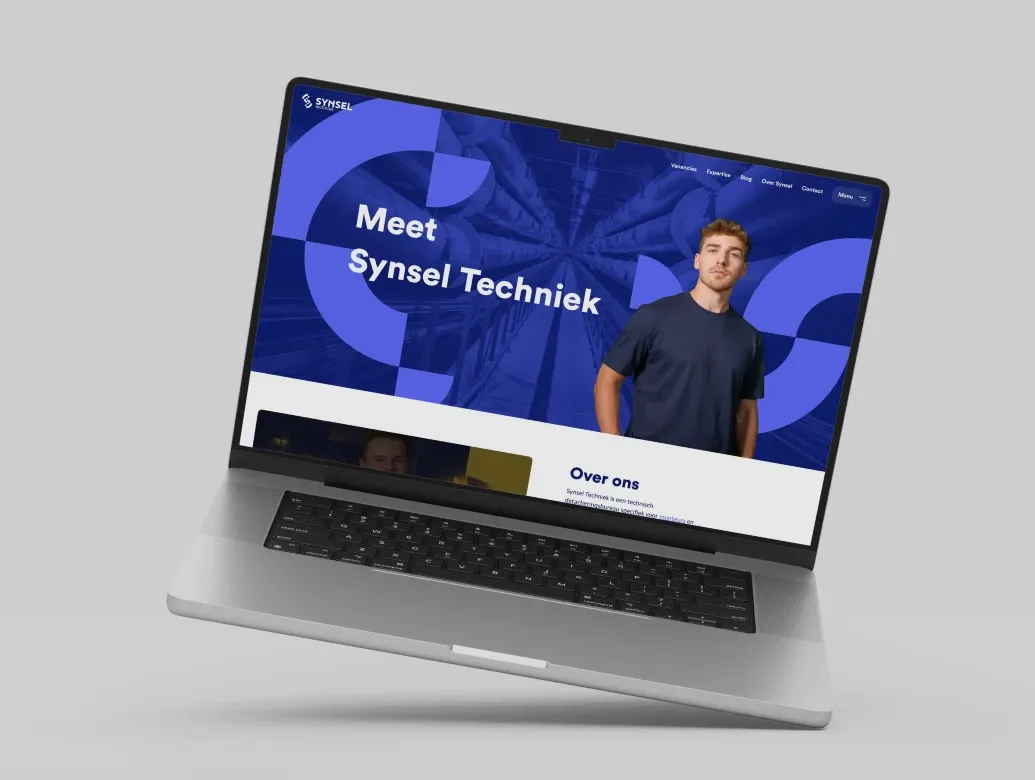
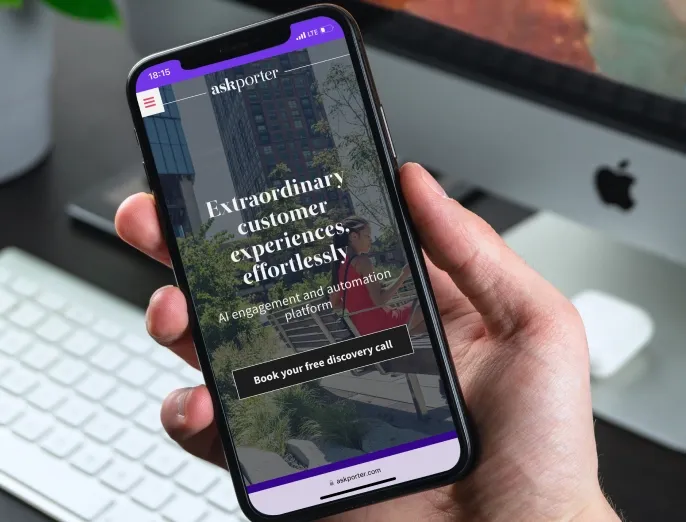
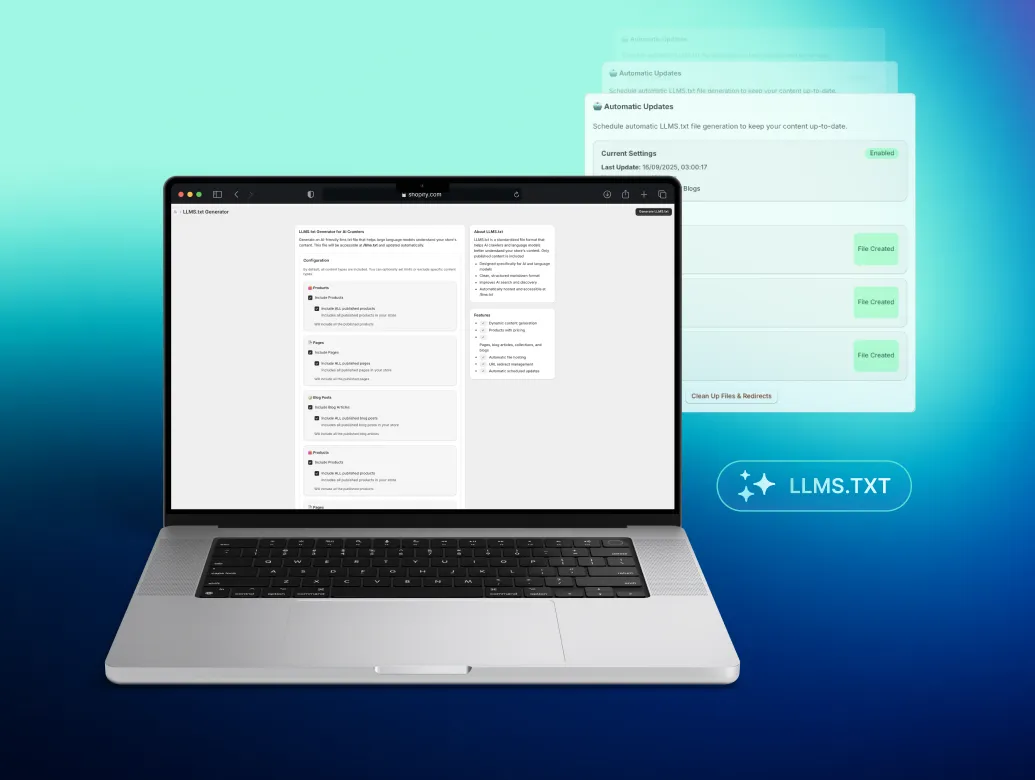
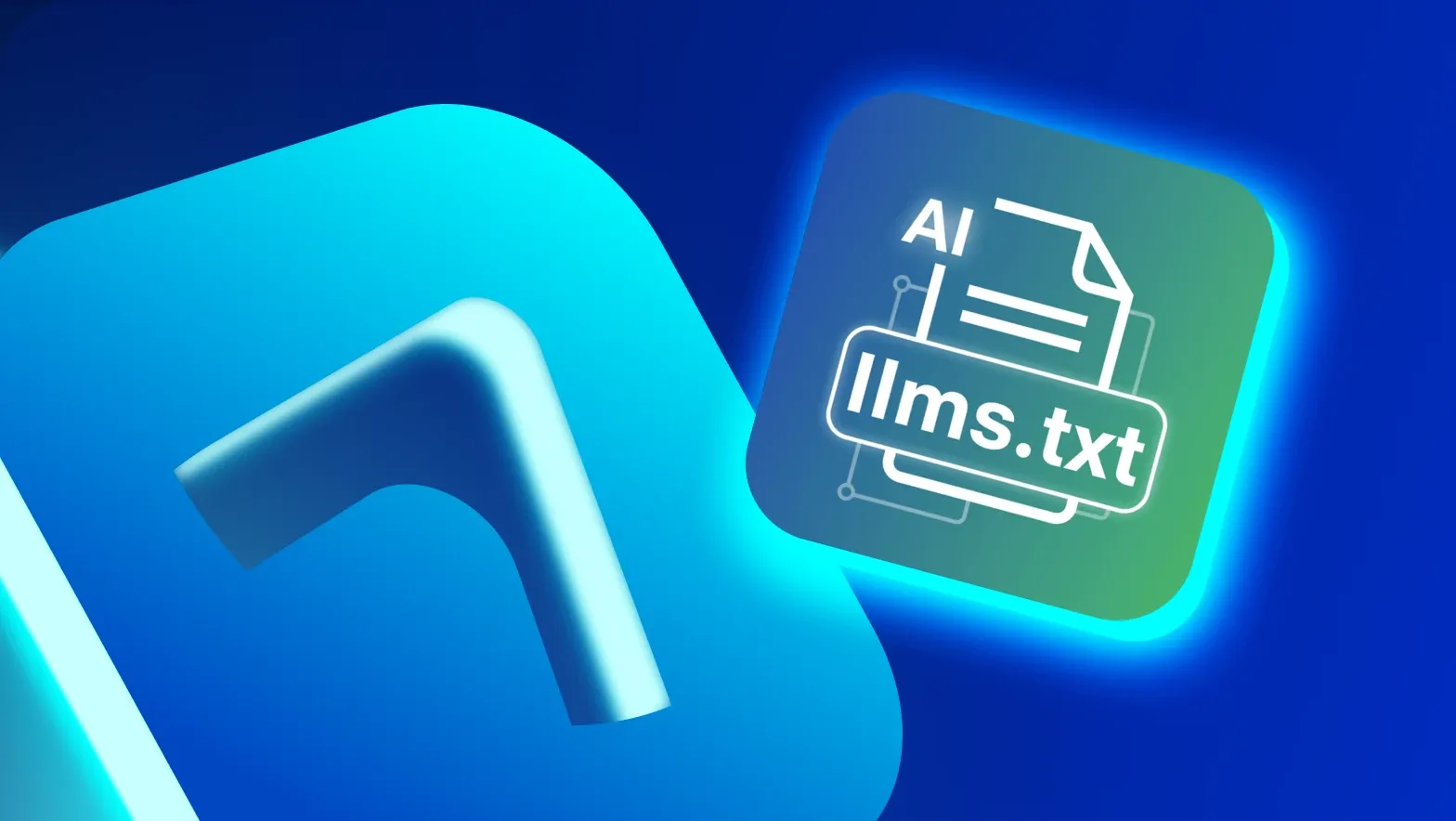
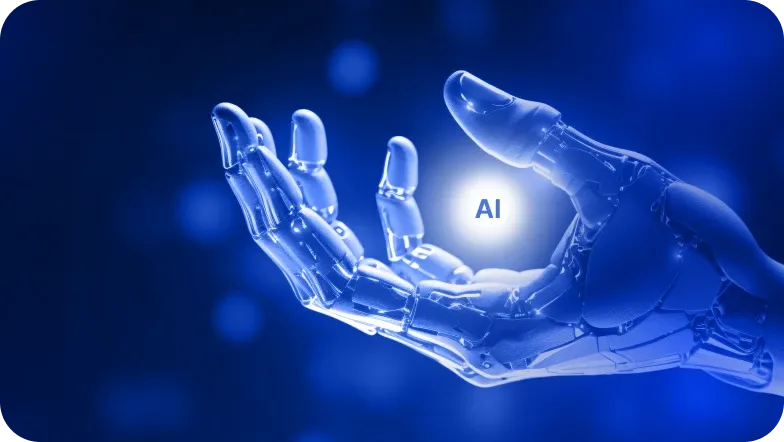
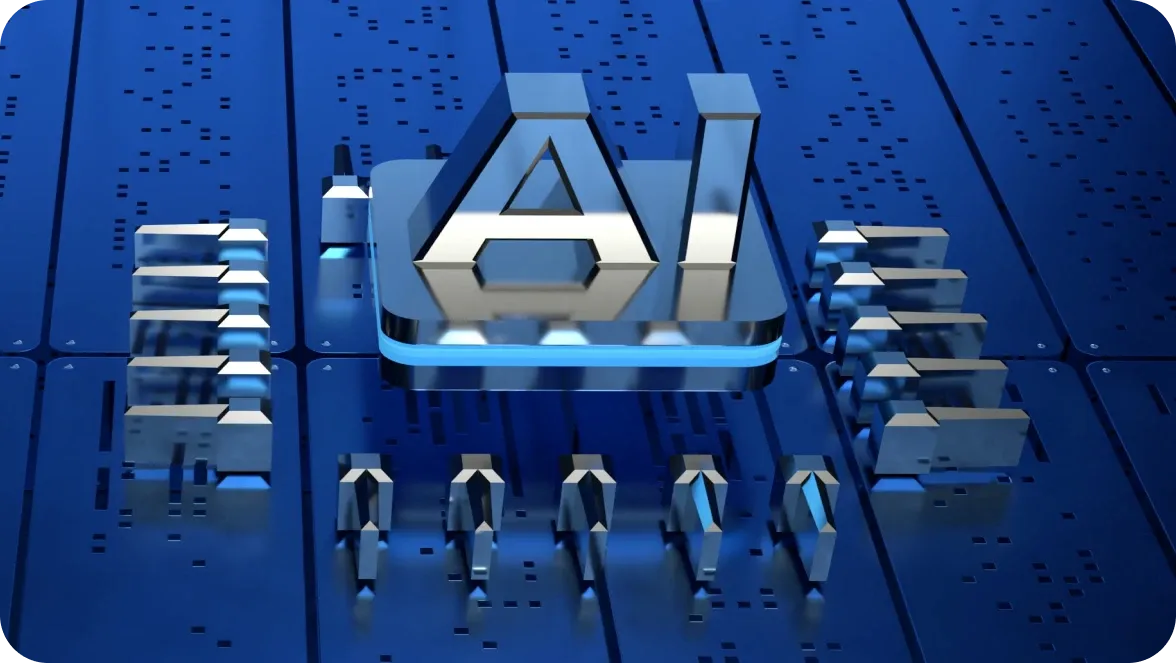

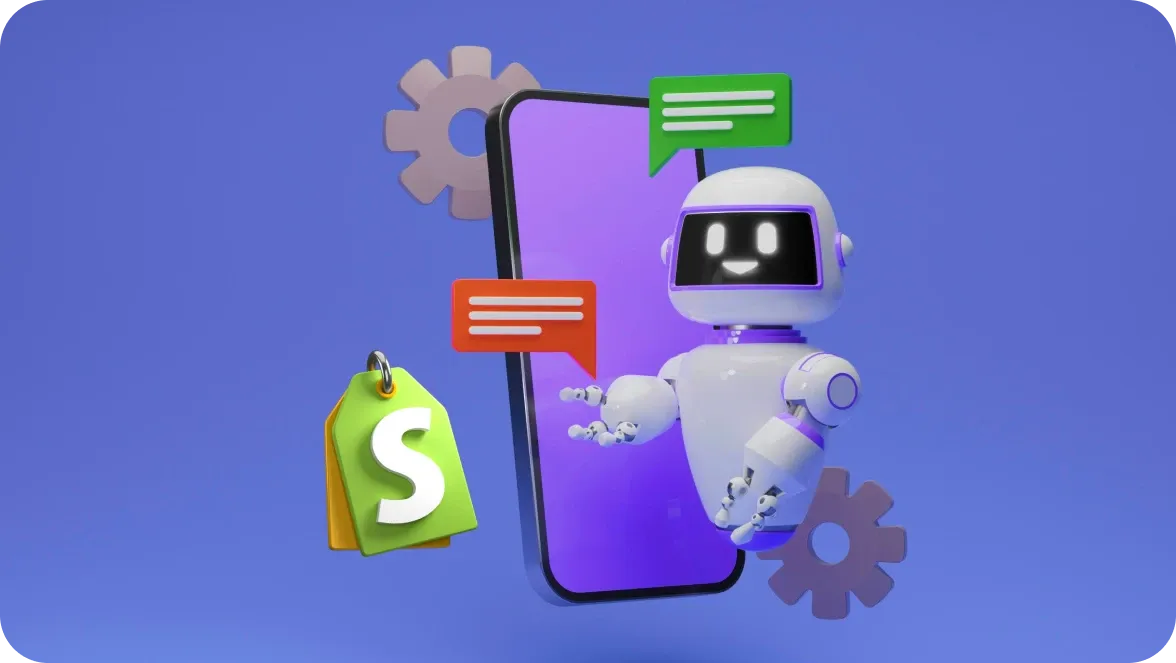

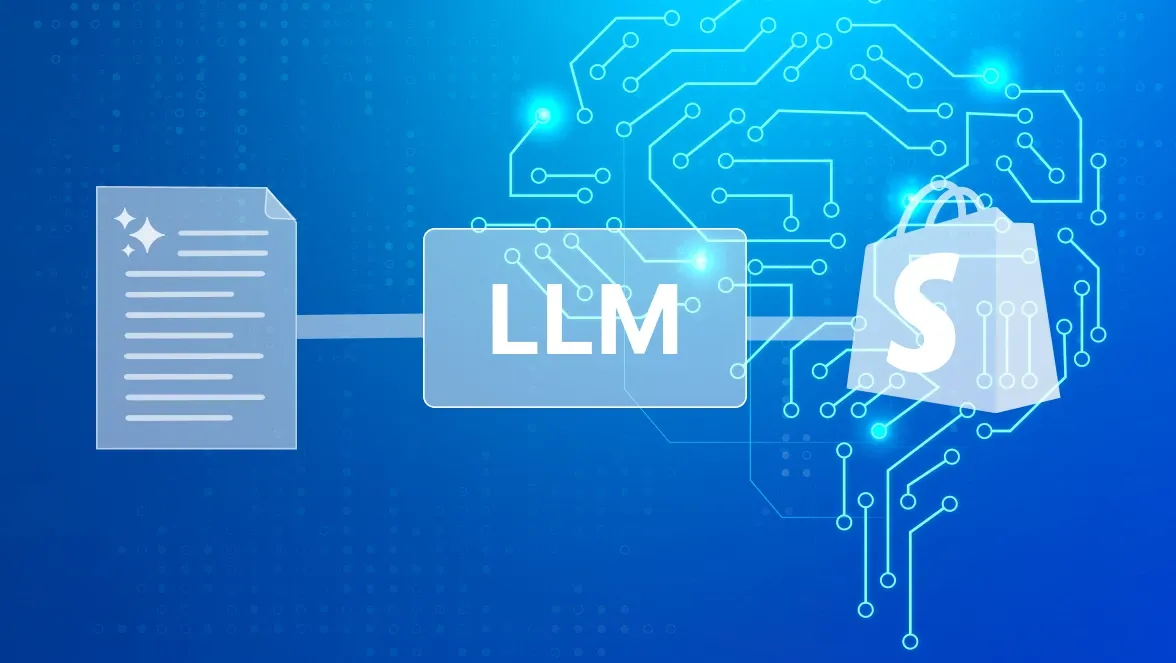


Was this helpful?
0
No comments yet